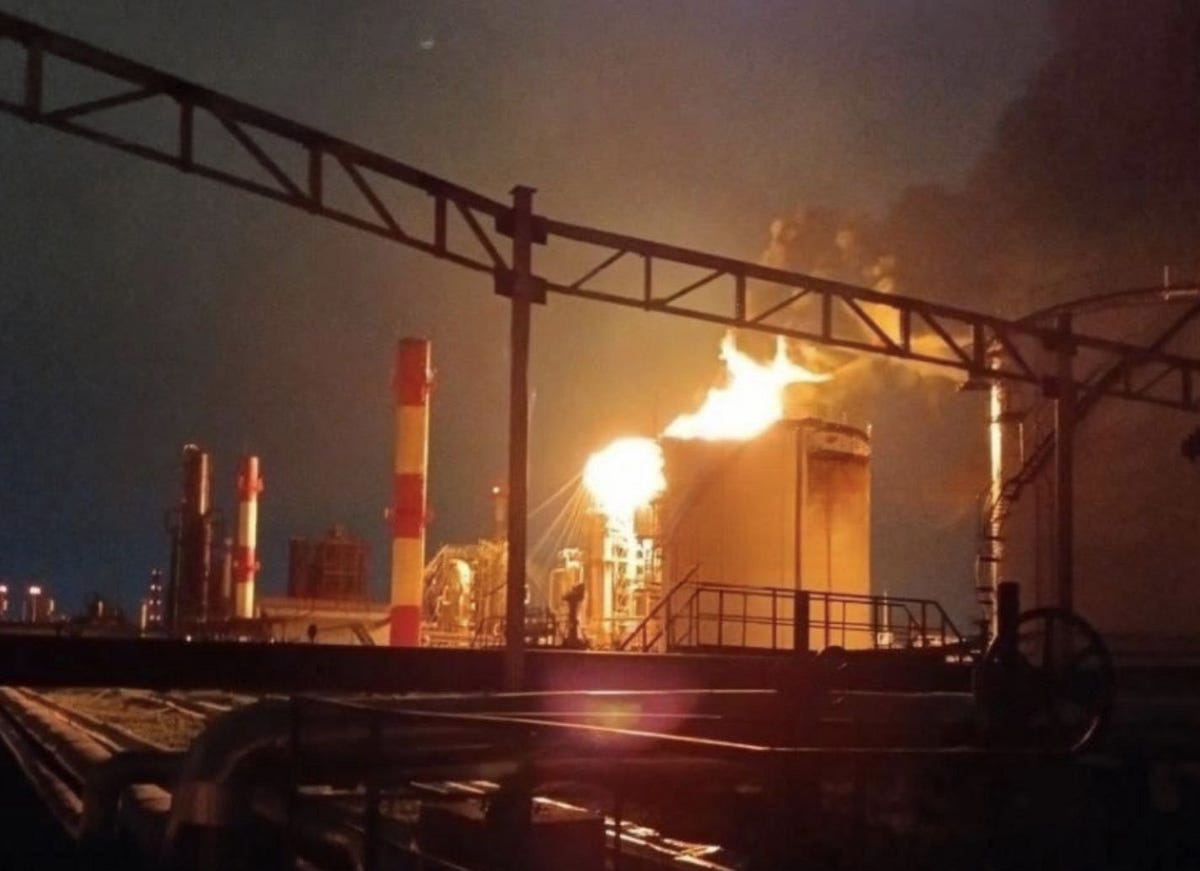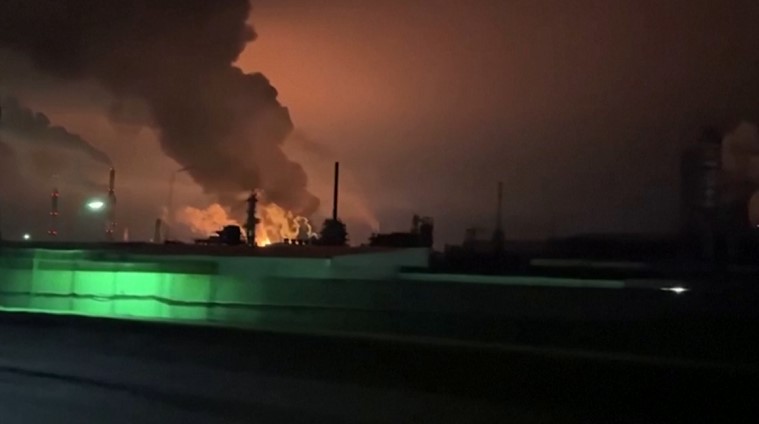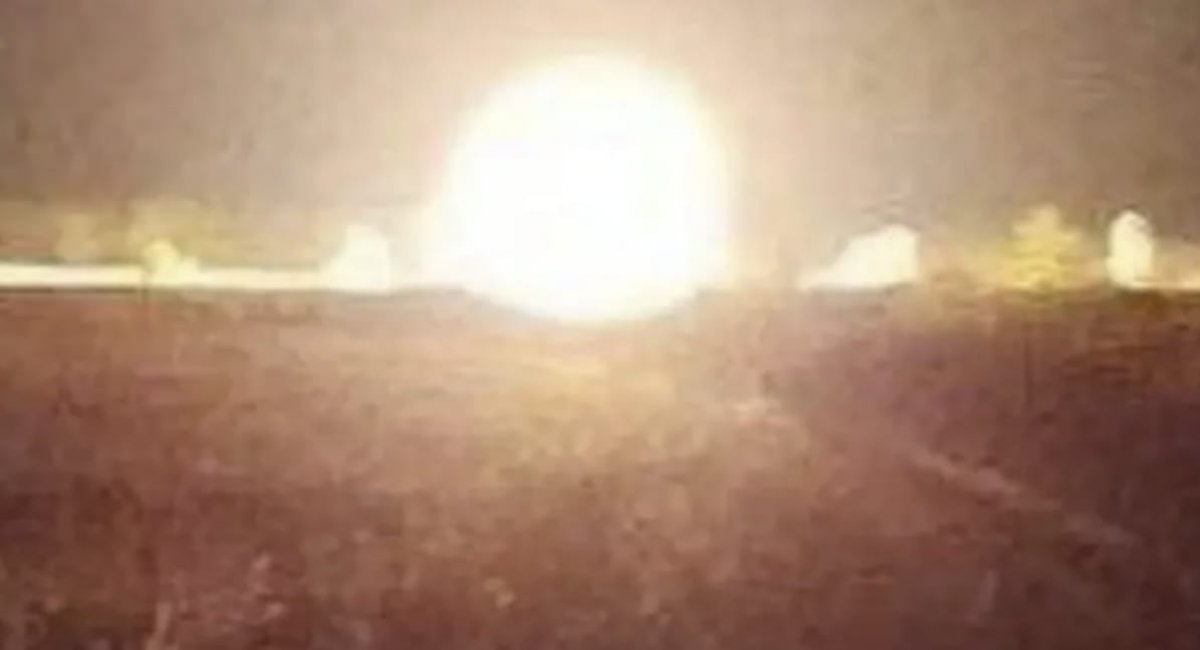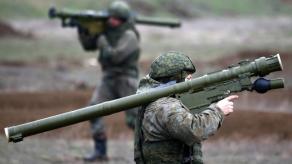On August 26, a powerful explosion struck the main Ryazan–Moscow oil pipeline in russia's Ryazan region. This pipeline is one of the key supply routes delivering petroleum products to the capital of the aggressor state.
Sources in Ukrainian intelligence told Suspilne that local social media first reported a loud "bang" along the pipeline, and shortly afterward a large fire erupted, requiring rapid deployment of russian emergency services.
Read more: Ukraine Strikes the Ust-Luga Terminal and Logistics Facilities in russia's Baltic Energy Hub
The explosion occurred near the village of Bozhatkovo, close to Ryazan. Law enforcement agencies and repair crews are working at the site to mitigate the consequences.

According to the sources, since 2018 the pipeline has been repurposed to deliver automotive gasoline by Transneft, a company that also supplies fuel to the russian military.
As a result of the blast, the transportation of petroleum products to Moscow has been suspended indefinitely. Transneft representatives are currently assessing the damage.

Although russia is considered one of the world's leading energy powers, recent weeks have revealed its vulnerabilities. Mass Ukrainian drone strikes have disabled a significant share of its refining infrastructure, causing fuel shortages on the domestic market, The Guardian reports.
According to the outlet, shortages are most acute in remote regions, including the Far East, southern provinces, and occupied Crimea.
Analysts estimate that Ukrainian strikes have disrupted at least 17% of russia's total refining capacity—equivalent to about 1.1 million barrels per day. Media reports note that in August alone, Ukrainian drones carried out no fewer than ten attacks, mostly in the area between Ryazan and Volgograd.

Read more: Drone Strike Damages Railway Used for russian Military Logistics in russia’s Volgograd Region














